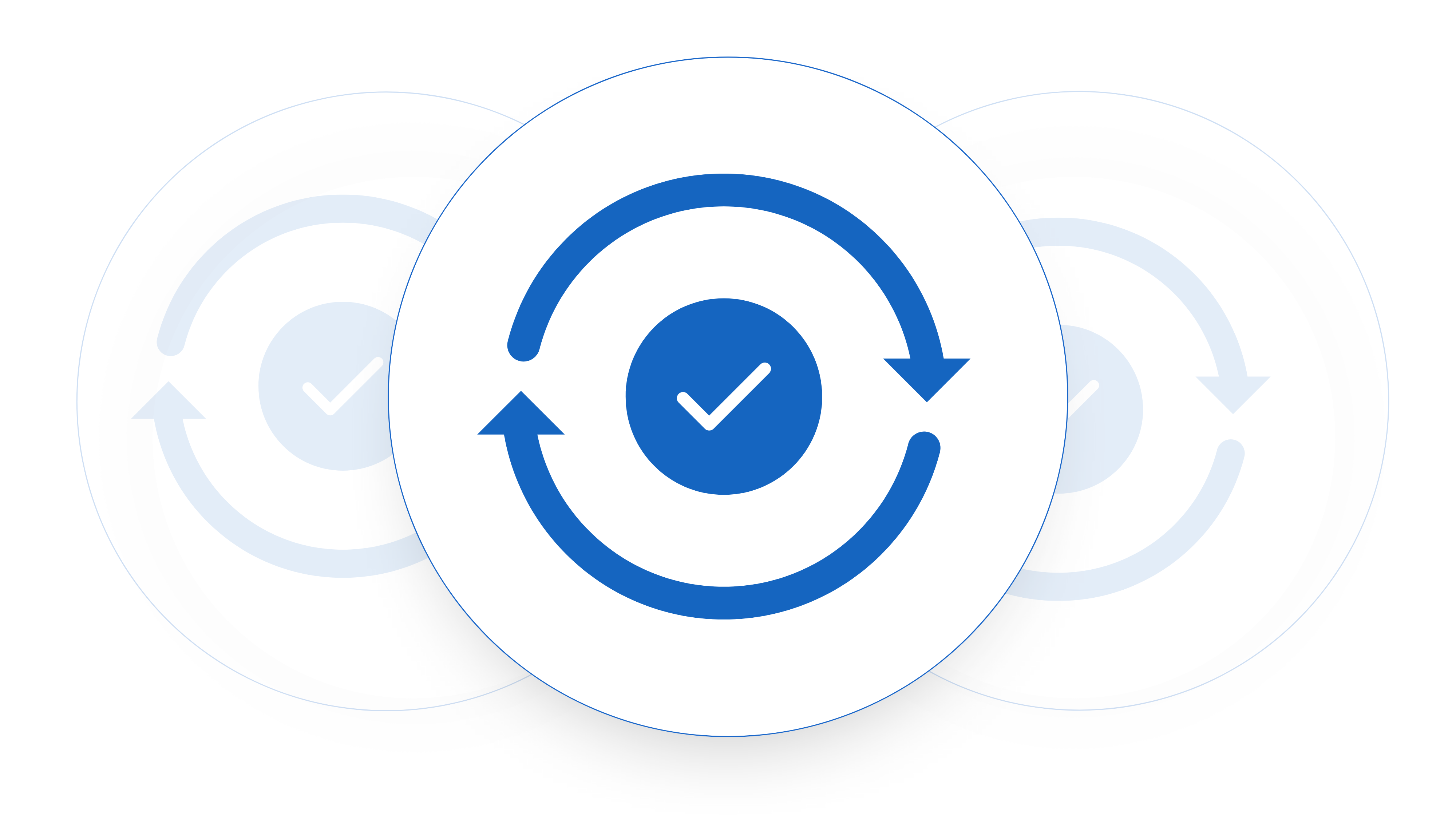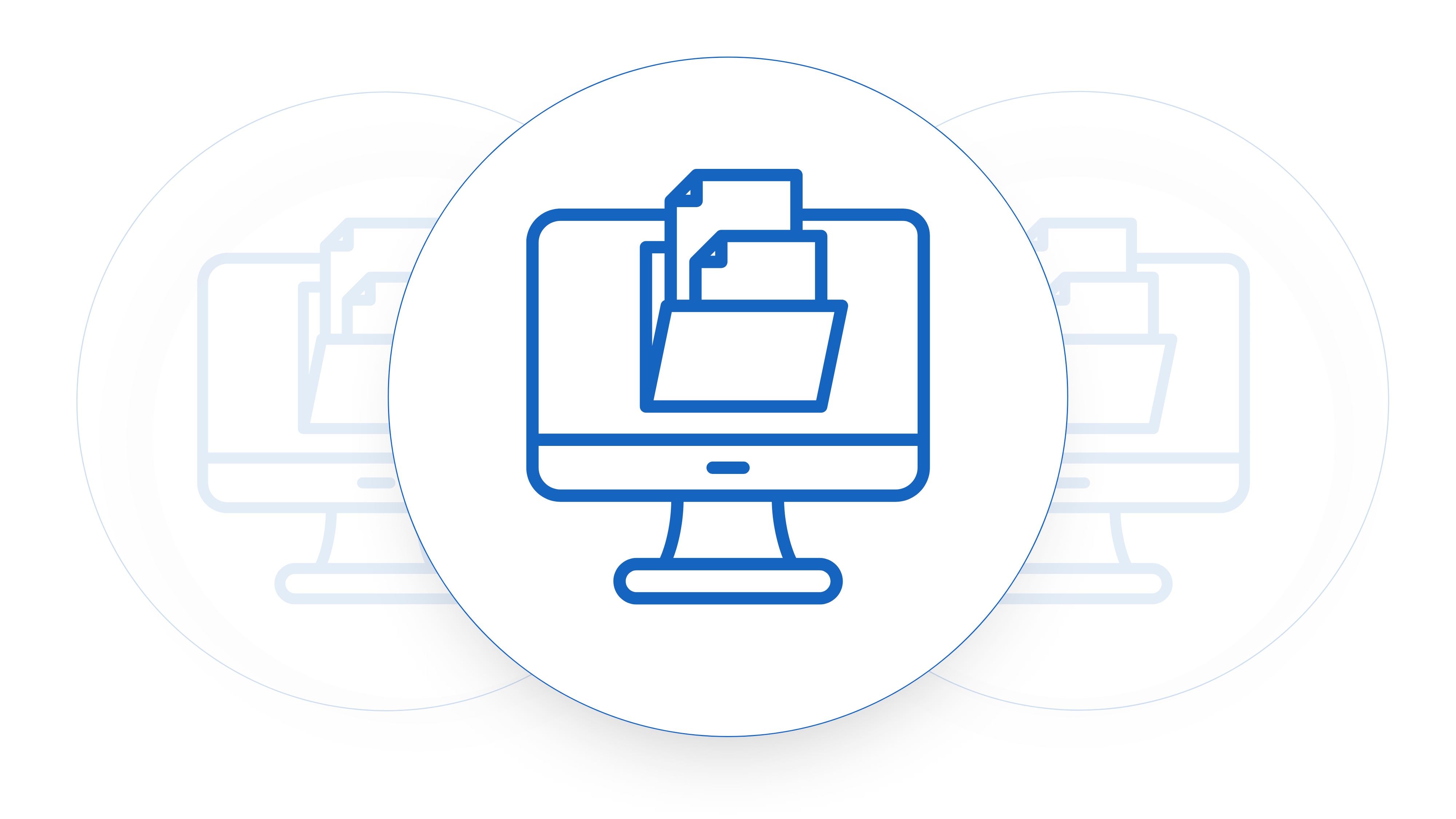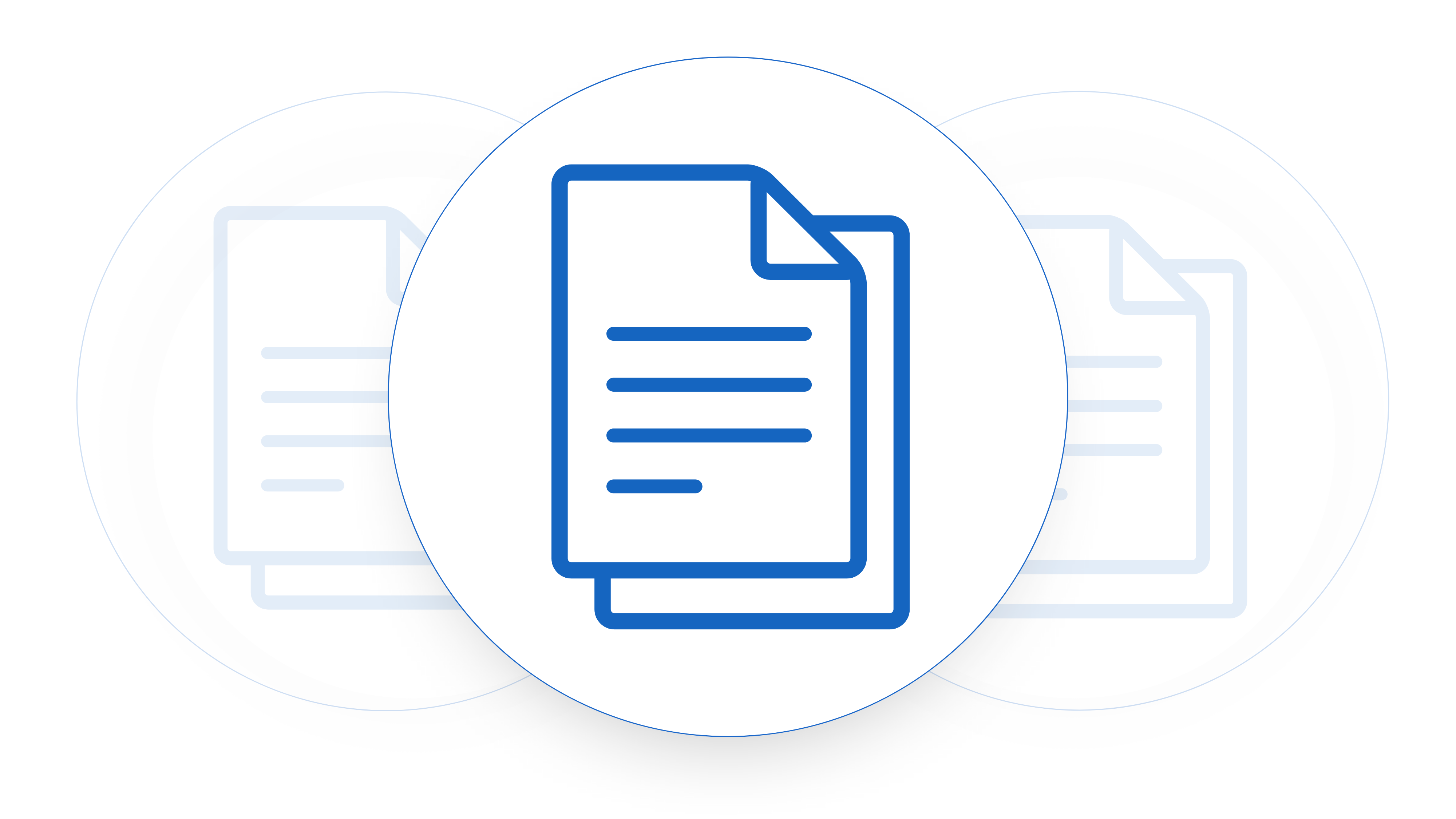Building a SaaS company or working in sales or legal within one. You’re likely aware of the pivotal role sales contracts play in defining terms between SaaS providers and customers. These contracts involve detailed negotiations, with customer use cases being a crucial aspect outlining. How the SaaS product addresses specific needs. And if you’re working with customers in the early stages or your startup or working with enterprise level customers. You’ll know the amount that this can influence the contract that gets signed eventually. In this blog, we will explore the significance of customer use cases in SaaS sales contracts and how they contribute to successful partnerships.
What Are Customer Use Cases?
A customer use case, within the context of SaaS sales contracts, is an understanding of the customer’s specific requirements, challenges, and intended outcomes. When utilizing the SaaS product. It serves as an outline of actions for both parties, detailing the functionalities and features of the SaaS solution that will address the customer’s unique needs. The customer use case goes beyond the generic description of the product’s capabilities. And delves into the practical application within the customer’s business environment.

Contract Management Made for Startups
Set Tasks, Negotiate Faster
The Role of Customer Use Cases in SaaS Contracts
1. Customization and Tailoring:
- Understanding Unique Requirements: Customer use cases allow SaaS providers to gain a deep understanding of the customer’s unique requirements. Tailor the SaaS solution, support, and account management to align with the specific challenges and goals of the customer’s business. This insight guides customization for maximum effectiveness.
- Bespoke Solutions: Incorporate customer use cases directly into the sales contract to demonstrate how the SaaS product meets specific needs, ensuring a personalized touch for each customer. This level of specificity enhances the value proposition and sets the stage for a solution that goes beyond generic offerings.
2. Clear Expectations and Scope:
- Defining Scope: Customer use cases help in clearly defining the scope of the SaaS implementation. It outlines the functionalities that are most relevant to the customer, providing a mutual understanding of what the SaaS solution will deliver.
- Managing Expectations: Manage expectations proactively by explicitly stating how the product fits into the customer’s context, ensuring clarity on both sides and fostering transparent communication. This clarity reduces the likelihood of misunderstandings and ensures that the customer knows precisely what to expect from the your SaaS product.
3. Alignment with Business Objectives:
- Strategic Alignment: Strategically align your product with the customer’s broader business objectives using customer use cases, ensuring a symbiotic relationship between the product and the customer’s needs. This alignment enhances the perceived value of the SaaS product as it directly contributes to the achievement of specific business goals.
- Outcome-Focused: Instead of focusing solely on product features, customer use cases shift the emphasis to the outcomes and benefits the customer aims to achieve. This outcome-focused approach fosters a results-oriented partnership between your startup and the customer.
4. Risk Mitigation and Compliance:
- Risk Identification: Customer use cases provide an opportunity to identify potential risks and challenges early in the contract negotiation process. By understanding the intricacies of the customer’s use case, SaaS providers can proactively address any potential roadblocks or concerns.
- Compliance Assurance: The detailed nature of customer use cases aids in ensuring that the SaaS solution complies with industry regulations and standards relevant to the customer’s business. This becomes particularly crucial in highly regulated sectors where compliance is non-negotiable, emphasizing the importance of clear alignment and understanding.
5. Foundation for Support and Training:
- Tailored Support Strategies: Customer use cases inform the development of tailored support strategies. Providers can design support mechanisms addressing challenges specific to the customer’s use case by understanding how the SaaS product will be utilized.
- Training Programs: The use case serves as a foundation for creating customized training programs. Equip the customer’s team with the knowledge and skills necessary to maximize the value of the SaaS solution within their operational context through proactive support and training.
Ultimately if you’re selling an early stage product you’ll need to be tailoring how you’re delivering this to your customers. Understanding how they will be using it will inform your legal time of the specifics they should build into the contract and what things are really not needed in the contract. This is not to say that these things shouldn’t be negotiated in contracts. But it will help you to stack rank the things that you’re able to bend on in order to capture more value in other parts of the negotation.
Collaboratively develop a contract that articulates how the SaaS product applies within the customer’s unique business environment, ensuring clarity and understanding from both parties. By incorporating customer use cases into sales contracts, both parties lay the groundwork for a successful partnership built on clarity, customization, and alignment with strategic business objectives. Ultimately, a well-defined customer use case sets the stage for unlocking the full potential of a SaaS solution, leading to mutual success and sustained value for all stakeholders involved.
How Legal Teams Can Understand Customer Use Cases
The internal workings of a startup often legal the legal function out in the cold. There is a lack of communication until work is needed and by that time there is already a timeline placed on the redlining work that needs to be done. A legal professional plays an important role in ensuring that sales contracts align with the company’s legal framework and protect its interests but often they don’t have the information needed to make this happen.
When it comes to building out contract changes understanding a customer use case is a must during the negotiation process. In negotiations, prioritize clarity, risk mitigation, and successful partnership, acknowledging that legal’s understanding is often overlooked. Here’s a comprehensive guide:
1. Engage Early in the Sales Process:
- Collaborate with Sales Teams: Establish a collaborative relationship with the sales teams early in the process to integrate legal considerations into the initial stages of understanding the use case. Engaging from the beginning of the sales process rather than one a contract enters procurement allows the legal professional to understand the customer’s needs and challenges directly from the sales team and, if possible, from direct interactions with the customer.
2. Conduct Thorough Due Diligence:
- Customer Background Check: Conduct due diligence on the customer. Understand their industry, business model, and any specific regulatory or compliance requirements that may impact the use case. This will help you when you need to explain to customers what will make a more standardized contract.
- Assess Risk Factors: Identify potential risk factors associated with the customer’s industry or business operations. This includes any legal or regulatory challenges that may affect the use case.
3. Participate in Customer Meetings:
- Attend Discovery Meetings: Actively participate in customer discovery meetings where the sales team is gathering information about the customer’s needs. Involvement in the early stages ensures that legal considerations are seamlessly integrated into understanding the nuances of the use case.
4. Collaborate with Product and Technical Teams:
- Engage with Product Teams: Work closely with product and technical teams to gain a comprehensive understanding of the SaaS product’s capabilities. Collaborate to assess how the product can be tailored to meet specific requirements outlined in the customer’s use case. Ensure clarity and get a demo of new features built for your product.
- Evaluate Customization: Understand the feasibility and implications of any customization or modifications required to align the SaaS solution with the customer’s unique needs.
5. Request Detailed Use Case Documentation:
- Documentation from Customer: Request detailed documentation from the customer that outlines their use case. This could include specific workflows, desired outcomes, and any regulatory or compliance considerations. Analyze this documentation from a legal perspective to identify potential contractual implications. In Contract Sent we implement this into the process of creating a new customer negotiation:

6. Assess Legal and Compliance Implications:
- Review Regulatory Compliance: Evaluate the customer’s use case in light of regulatory compliance. Identify any legal obligations, industry standards, or specific legal requirements that need to be addressed in the contract.
- Assess Data Protection: If the use case involves handling sensitive data, assess data protection and privacy implications. Ensure that the contract includes robust data protection clauses to safeguard both parties.
7. Provide Legal Guidance to Sales Teams – Two Way Customer Use Case Communication:
- Offer Legal Insights: Provide legal insights and guidance to the sales teams during negotiations. Help the sales team understand any legal constraints or requirements that may impact the speed of contract negotiation process.
- Educate on Legal Considerations: Educate sales teams on legal considerations related to customer use cases, emphasizing the importance of clear and comprehensive contract terms.
8. Draft Clear and Specific Contract Terms:
- Incorporate Use Case Details: Reflect the customer’s use case accurately in the contract terms, ensuring a precise representation of the agreed-upon customization and usage scenarios. Draft specific clauses that outline the scope, deliverables, and any customized aspects of the SaaS solution.
- Risk Mitigation Provisions: Include risk mitigation provisions that address potential challenges associated with the customer’s use case. This may include indemnification clauses or specific provisions related to compliance.
9. Facilitate Communication Between Teams:
- Bridge Communication Gaps: Act as a bridge between legal, sales, and technical teams to ensure seamless communication. Foster an environment where all teams collaborate effectively to address legal and business considerations associated with the customer use case.
10. Stay Informed About Industry Trends And Wider Use Cases:
- Continual Education: Stay informed about industry trends and evolving legal considerations related to SaaS contracts. This continual education ensures that legal professionals can proactively address emerging issues and contribute valuable insights during negotiations.
In a SaaS company, legal professionals play a pivotal role in ensuring that sales contracts align with both legal requirements and the customer’s use case. By actively participating in the sales process, collaborating with cross-functional teams, and providing legal insights, the legal person contributes to the development of contracts that not only protect the company’s interests but also foster successful, mutually beneficial partnerships with customers.











